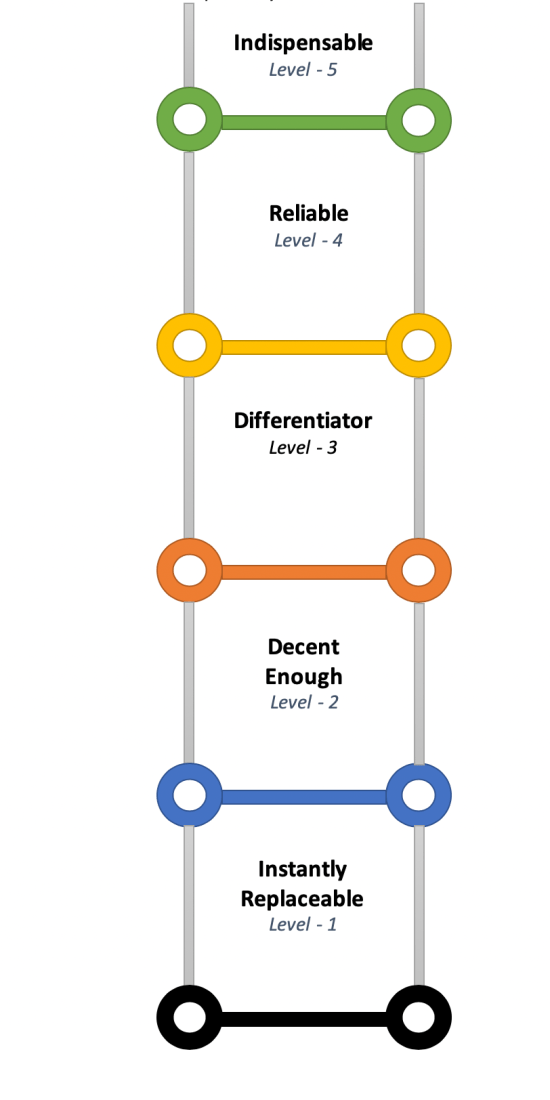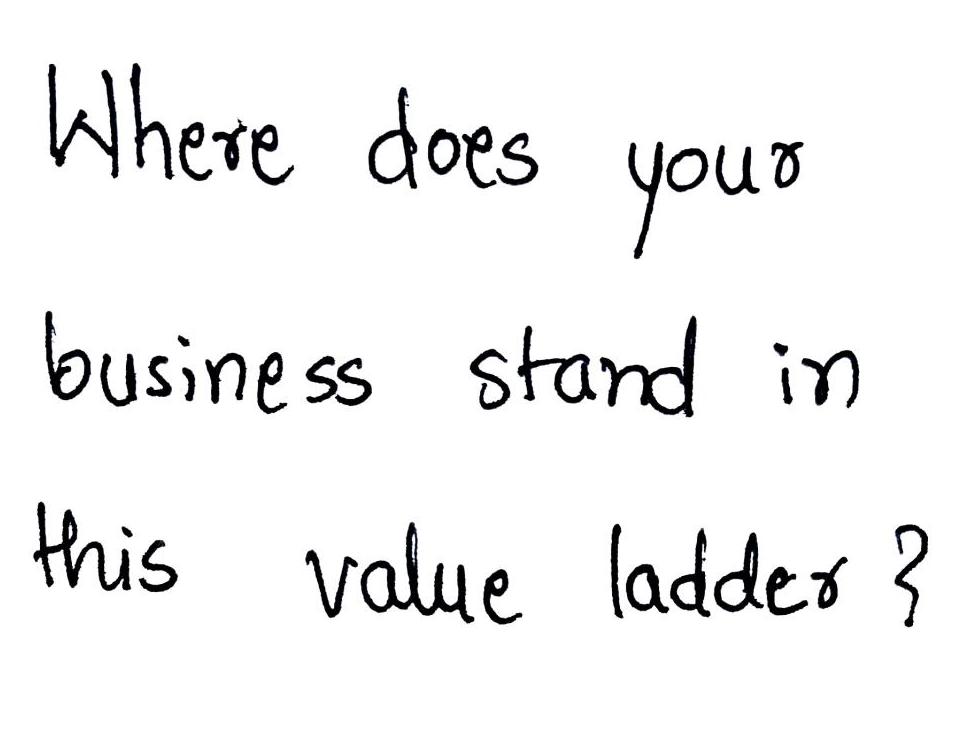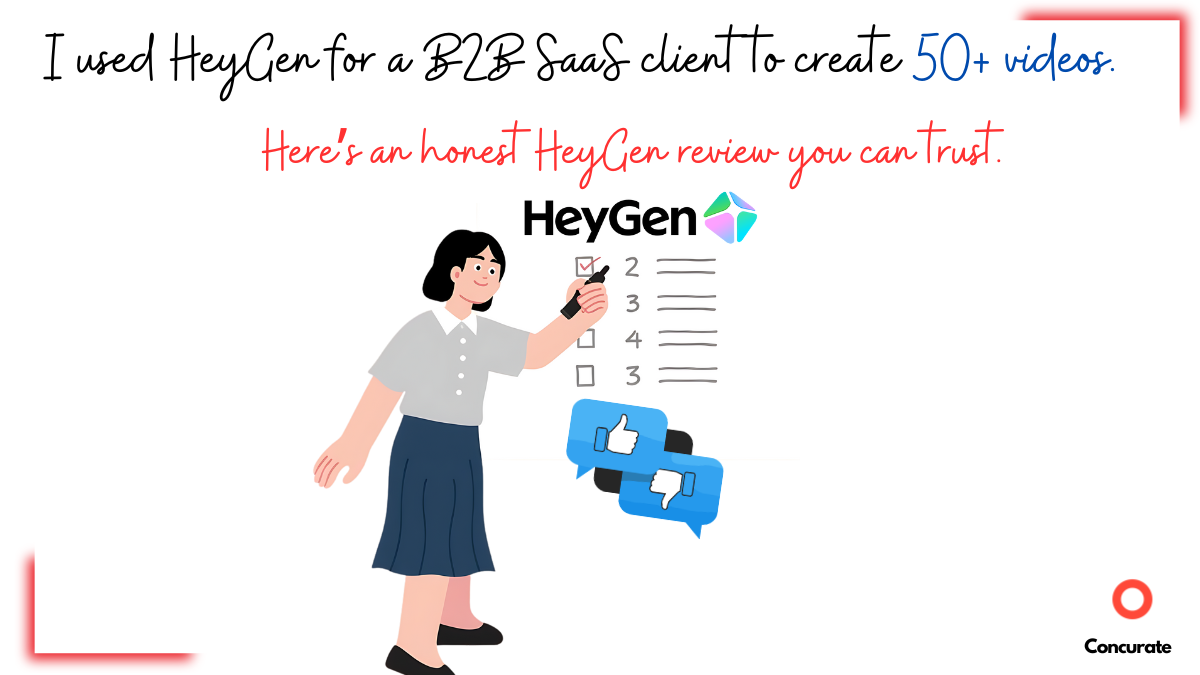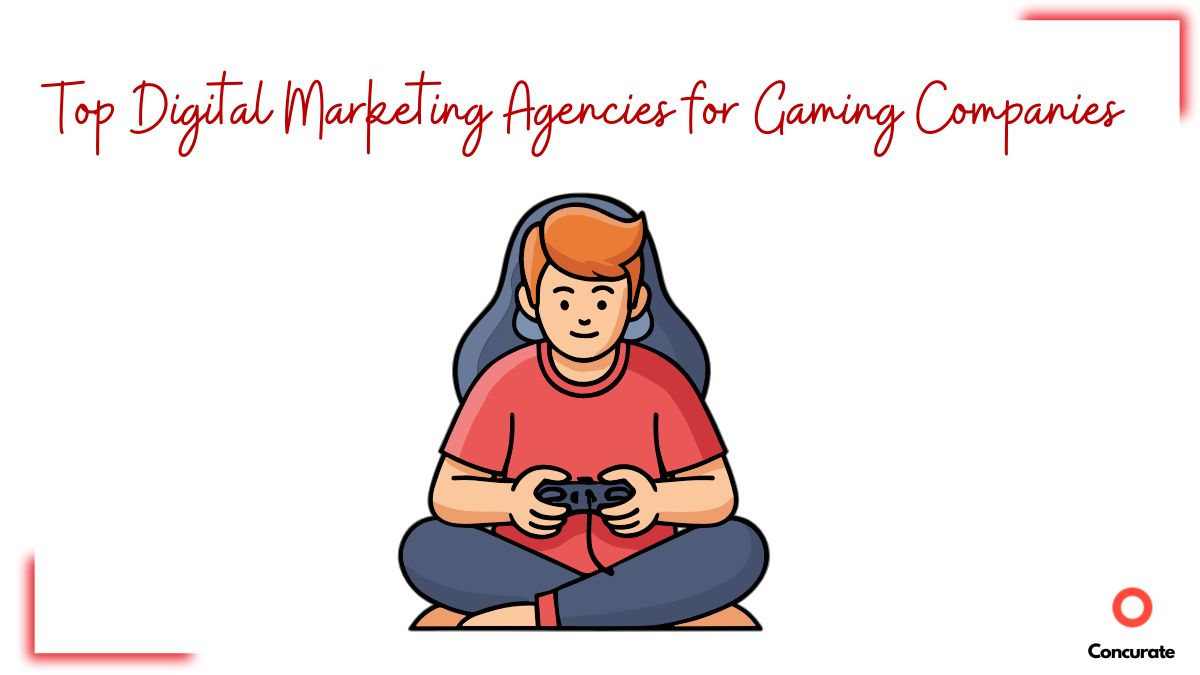Value Levels in Business That Drive Buyer Action
Whether your business is indispensable or instantly replaceable is the name of the game.
There are 5 levels of value in a business. Climbing up this value ladder can completely change your selling game. Most of the businesses start at level 1, some manage to reach level 2 or 3, very few make it to level 4 and probably a mere 2% make it to the level 5.

This framework aligns closely with how businesses optimize their customer journey, ensuring they move from being just another option to a must-have solution, as discussed in Focus on the Buyer’s Journey to Delight Your Customers.
Let’s take a closer look at each level in this value ladder.
Level 1: Instantly Replaceable
At this stage, you are only meeting the basic expectations of your prospects.
- The client was looking for Feature X, and your product happened to offer it.
- The client needed toothpaste and bought your brand because it was available at the store.
- There was no strong reason for them to choose your product over another.
At this stage, clients don’t care about your service or product because it’s easily replaceable.
Winning business at this level is like buying a lottery ticket. Success is based on pure luck.
The same issue exists for SaaS brands struggling to differentiate themselves in the market. Many businesses remain at this level simply because they lack a strong positioning strategy, a crucial mistake outlined in How to Craft Compelling SaaS Case Studies and Testimonials Using ChatGPT.
Level 2: Decent Enough
Many businesses believe their product or service is great, but in reality, most are just average.
- Products and services look like clones of each other.
- Clients struggle to differentiate one from another.
- Deals are often won by luck, lower cost, or aggressive persuasion.
Ever had clients demand last-minute discounts before signing a contract? Sucks right?
This happens when clients are not able to differentiate you from your competitor and trying their negotiation skills to save money.
For example: A company is looking for a freelance content writer. There are hundreds of writers available online with similar ratings and a $100 per article rate. The choice is made randomly because no one stands out, the decision is made randomly.
This is exactly why businesses must move from generic offerings to differentiation. Creating clear, strategic messaging that highlights their unique strengths.
Many top SaaS brands achieve this using a well-defined content strategy, as explored in SaaS Content Marketing Strategy for Different Growth Stages.
Level 3: Differentiator
At this stage, you stand apart from the competition. Not just with words, but with real value.
- Clients recognize the personalized experience you provide.
- They are willing to pay extra for quality and expertise.
- You choose your clients, working only with those who appreciate your value.
For example: A clothing boutique competes with many stores. However, if the boutique offers custom-made, beautifully designed apparel, clients feel unique and confident wearing those outfits. They would be willing to pay a premium and return for more.
Level 4: Reliable
At this stage, the client’s success depends on your success.
- Your business is deeply integrated into their operations.
- You provide insights and solutions that impact their business growth.
- Clients rely on you and won’t switch easily.
For example: A business using HubSpot relies on it for managing emails, proposals, projects, pricing, and analytics. HubSpot’s insights help improve business decisions. Switching to another tool would mean losing valuable data and workflows.
Clients won’t leave unless:
- The service quality declines.
- The product fails to meet expectations.
This level is where businesses start seeing long-term retention, referrals, and brand loyalty. Scaling to this stage requires strategic efforts in customer success and tailored content marketing, as outlined in How to Capture Leads and Learn from HubSpot.
Level 5: Indispensable
At this stage, your client’s success is built on top of your success.
- They want you to be a long-term partner.
- You help them with multiple aspects of their business.
- You are essential to their revenue growth.
For example, a high-value consultant might:
- Fix a client’s broken sales process.
- Coach their sales team to improve performance.
- Optimize logistics to reduce costs.
- Develop a marketing strategy that drives leads.
The Value Ladder Applies to Individuals Too
This value ladder doesn’t just apply to businesses, it applies to you as an individual too.
- If you have common skills, you are easily replaceable.
- If you have a rare and valuable skill, you will always be in demand.
- Companies will see you as an asset and competitors will try to hire you away.
Always look for ways to climb up the value ladder in your career.
#FoodForThought: At which level does your business stand now? Are you instantly replaceable or indispensable?
If you are not sure at which level does your business belong, we will be happy to help.
Pro tip: If you need 30 standout SaaS growth hacks to attain double the growth for your SaaS business, fill out the form below!
At Concurate, we help businesses create strategic, high-impact content that drives sales. Whether it’s buyer psychology, content strategy, or conversion-focused storytelling, we ensure your content positions your brand at the top of the value ladder.
If your organization needs a content marketing strategy that attracts and converts, let’s connect over a short call. Block our calendar today.







